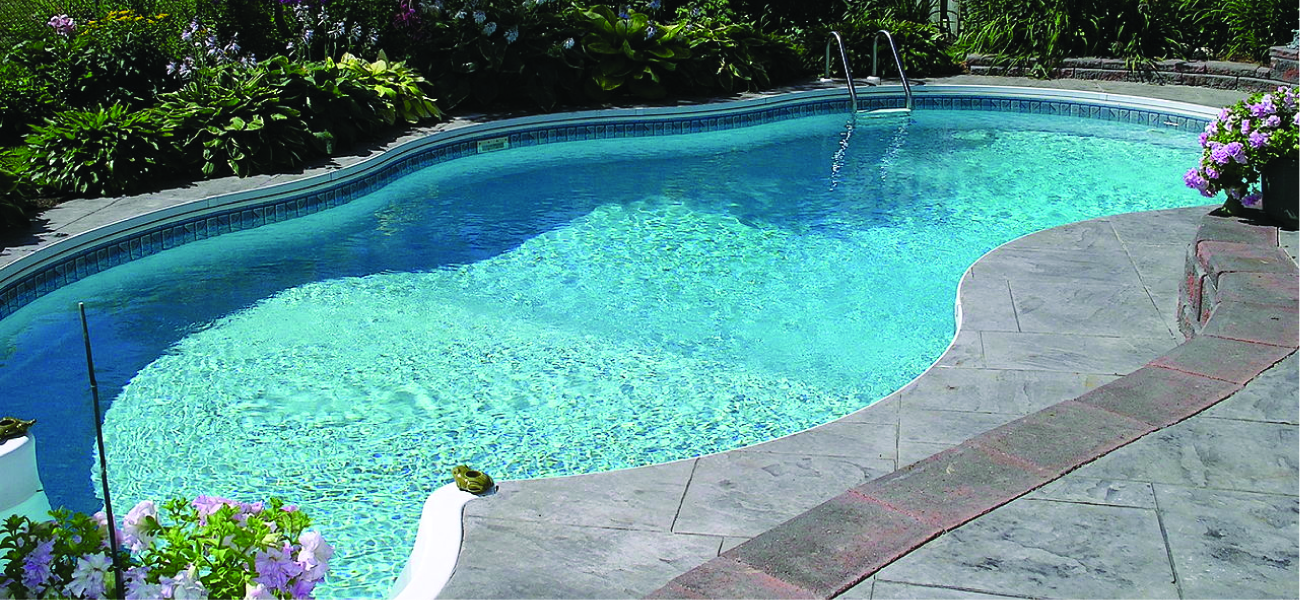Chapter 7: A Mole of Compounds
Enhanced Introductory College Chemistry
by Gregory Anderson; Caryn Fahey; Jackie MacDonald; Adrienne Richards; Samantha Sullivan Sauer; J.R. van Haarlem; and David Wegman;
Chapter Contents
- 7.1 The Mole Concept and Avogadro’s Number
- 7.2 Molecular Mass, Avogadro’s Number, and the Mole
- 7.3 Percent Composition
- 7.4 Determining Empirical and Molecular Formulas
- Summary
- Review
Except where otherwise noted, this OER is licensed under CC BY 4.0
Please visit the web version of Enhanced Introductory College Chemistry to access the complete book, interactive activities and ancillary resources.
In this chapter, you will learn about
- Moles
- Avogadro’s Number
- Molar Mass
- Numerical relationships between moles, mass and Avogadro’s number
- The percent composition of compounds
- Deriving empirical and molecular formulas
To better support your learning, you should be familiar with the following concepts before starting this chapter:
- The periodic table
- Elements
- Atomic mass

Swimming pools, as seen in Figure 7a, have long been a popular means of recreation, exercise, and physical therapy. Since it is impractical to refill large pools with fresh water on a frequent basis, pool water is regularly treated with chemicals to prevent the growth of harmful bacteria and algae. Proper pool maintenance requires regular additions of various chemical compounds in carefully measured amounts. For example, the relative amount of calcium ion, Ca2+, in the water should be maintained within certain limits to prevent eye irritation and avoid damage to the pool bed and plumbing. To maintain proper calcium levels, calcium cations are added to the water in the form of an ionic compound that also contains anions; thus, it is necessary to know both the relative amount of Ca2+ in the compound and the volume of water in the pool in order to achieve the proper calcium level. Quantitative aspects of the composition of substances (such as the calcium-containing compound) and mixtures (such as the pool water) are the subject of this chapter.
Attribution & References
Except where otherwise noted, this page is adapted by Adrienne Richards from “Chapter 6 Introduction” In General Chemistry 1 & 2 by Rice University, a derivative of Chemistry (Open Stax) by Paul Flowers, Klaus Theopold, Richard Langley & William R. Robinson and is licensed under CC BY 4.0. Access for free at Chemistry (OpenStax)

